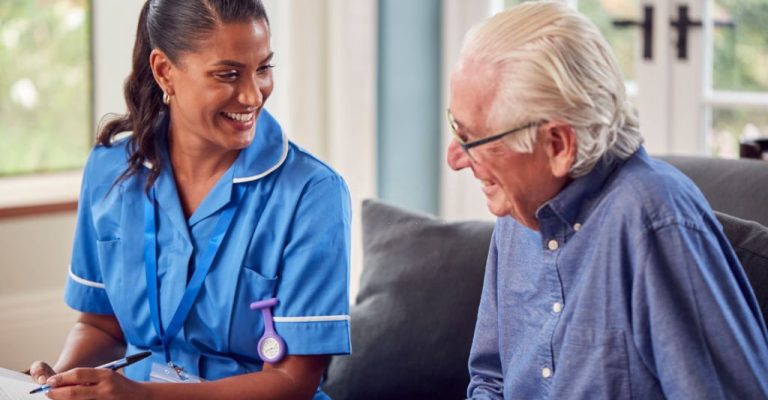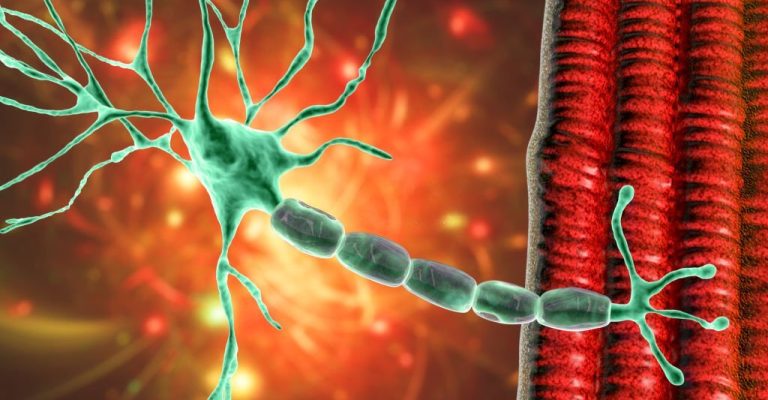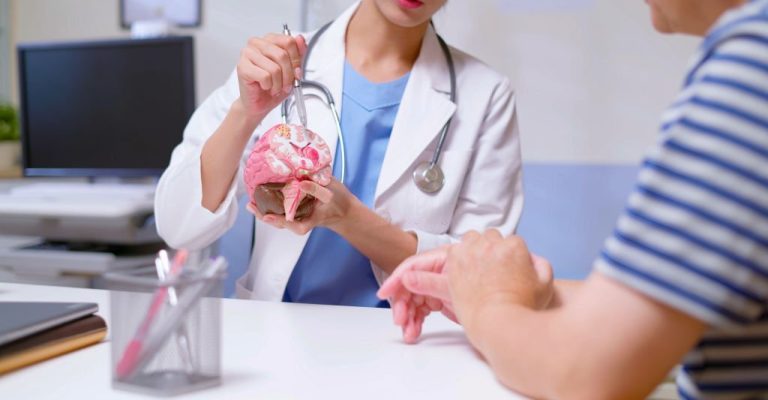
The primary motor cortex is one of the most crucial areas of the brain responsible for coordinating voluntary motor movements. It plays a vital role in enabling us to carry out our everyday activities, such as walking, talking, and picking up objects. However, damage to this brain region can result in severe motor deficits, affecting an individual’s quality of life.
We will explore the symptoms of primary motor cortex damage and the various treatment options. We will delve into the underlying mechanisms causing these symptoms and how they can impact the daily functioning of affected individuals.
Furthermore, we will discuss the latest advancements in research on this topic, which may pave the way for future treatments and improved outcomes for patients with primary motor cortex damage.
The primary motor cortex, the M1 or the precentral gyrus, is located in the brain’s frontal lobe. It is responsible for initiating and controlling the voluntary movement of skeletal muscles throughout the body. The motor cortex receives input from various sources, including the sensory cortex, cerebellum, and basal ganglia, and integrates this information to generate complex motor commands.
The primary motor cortex is divided into two functional regions: the medial region, which controls the movement of the trunk and proximal limbs, and the lateral part, which controls the movement of the distal limbs (hands and feet). Each region is further subdivided into specific areas that control the movement of particular body parts.
The motor cortex contains a map of the body known as the motor homunculus, where each body part is represented in a specific location within the cortex. The amount of cortical area devoted to each body part is proportional to the degree of fine motor control and sensory input required for that body part. For example, the hands and face have a disproportionately large representation in the motor cortex because of their fine motor control and rich sensory input.
Damage to the primary motor cortex can result in motor deficits, including weakness, paralysis, and loss of fine motor control. In some cases, patients may experience a condition known as apraxia, where they have difficulty executing purposeful movements. Conversely, stimulation of the motor cortex can lead to the contraction of specific muscles, which can be used to diagnose and treat certain motor disorders.

Primary motor damage refers to the impairment of bodily motor functions due to various factors. The followings are the causes and effects of primary motor damage:
– Traumatic Brain Injury (TBI): One of the leading causes of primary motor damage is TBI, which accidents can cause falls or various types of violence. TBI can result in damage to the motor cortex, which is responsible for the control of movement in the body. The effects of TBI can range from mild to severe and can include paralysis, weakness, or tremors in the affected areas.
– Stroke: Stroke occurs when blood flow to the brain is disrupted, which can damage motor functions. The effects of a stroke can vary depending on the location and severity of the damage but can include difficulty with movement, weakness, and loss of control over movement.
– Neurodegenerative diseases: Certain diseases such as Parkinson’s disease, multiple sclerosis, and Huntington’s disease can cause damage to the motor functions in the body. These diseases can result in progressive motor control loss, leading to difficulty with daily activities such as walking, writing, or swallowing.
– Spinal cord injuries: Damage to the spinal cord, responsible for transmitting signals between the brain and the body, can result in paralysis or loss of sensation in the affected areas.
– Congenital conditions: Some individuals may be born with congenital conditions that can affect the motor functions in the body. These conditions can include cerebral palsy, muscular dystrophy, and spina bifida.

Damage to the primary motor center can cause both overall difficulties in moving and certain warning signs. Upper motor nerve disease describes all of these conditions.
Coordination and movement issues are common after a lesion to the primary motor center. A common symptom is a decline in fine motor skills, such as using one’s hands, fingers, and arms. Fine motor skills are the capacity to move each part independently and in coordination. Here are a few instances where fine motor abilities would come in handy:
One-sided physical weakness is what this term describes. It is most prevalent in people who have recovered from a stroke, but it can develop after any kind of brain damage. If someone suffers an injury to their left motor center, it will profoundly affect their ability to use their right side. Some symptoms include weakness on the right side of the body (especially the right limb) and a sagging appearance on the right side of the face.
When the primary motor brain is damaged, the muscles of the victim tire quickly. Because of this, people may have less stamina when doing physical work. The good news is that rehabilitation of upper motor neuron syndrome following brain injury frequently involves fostering the brain’s capacity for adaptability.
The muscular tone of a person with upper motor neuron syndrome can shift from low (hypotonia) to high (hypertonia), but this is not always the case. Reduced movement and clumsiness are two symptoms of both problems.
The automatic responses of a muscle to the stretching of its adjacent tendon have been referred to as deep tendon reflexes. Clonus and stiffness are common symptoms of upper motor neuron syndrome, characterized by overactivity of these responses.
Overactive responses can take many forms, such as:
Although harm to the primary motor cortex is irreparable, some abilities lost due to injury can be reclaimed through rehabilitation. Neuroplasticity describes the brain’s extraordinary regenerative capacity to undergo adaptations. It permits the relocation and strengthening of damaged functions through exercise in undamaged brain areas.
Several potential therapies for restoring function following a primary motor brain injury are:
Extremely tight muscles can severely constrain a person’s mobility. Muscle relaxants like baclofen or nerve blocks like Botox may be prescribed to people with injury to the primary motor cortex to rest their tense muscles.
The discomfort’s extent will determine the treatment type that is advised. Muscle relaxants taken orally, for instance, have a systemic effect, whereas those administered via injection can be targeted more precisely.
The ability to breathe, mastic, ingest, and talk can all be compromised by problems with the orofacial muscular system. The goal of speech therapy is to help patients develop and maintain healthy mouth motor muscles and better their ability to communicate with others.
Physical therapy aims to increase movement through the regular performance of specific activities. A person can increase the demand for the impacted processes by stimulating the brain via the affected muscular groups. By doing so, the brain will be prompted to engage in rewiring and improve the neuronal networks associated with the aforementioned mental processes.
A person with an injury to their primary motor brain may benefit from occupational therapy to increase their autonomy level. Dressing, hygiene, and eating are all examples of ADLs that can be practiced in this setting. In addition, people can improve their practical skills through the regular practice of these tasks or through learning new methods to adjust for restricted mobility.
Orthotics, including braces, splints, etc., can be suggested to people who experience aberrant muscle tone or hyperactive responses due to primary motor brain injury. Orthotics are devices that aid in the alignment of the muscular system.
Muscle tension causes the body to assume unnatural positions at repose and during an action. The use of orthotics may assist in keeping affected extremities in position and lessen the tightness of surrounding muscles.
Disruption of the primary motor center can have far-reaching effects on the body’s ability to move voluntarily. Luckily, many people can enhance their movement through the neuroplasticity-promoting therapies discussed above to improve their quality of life.